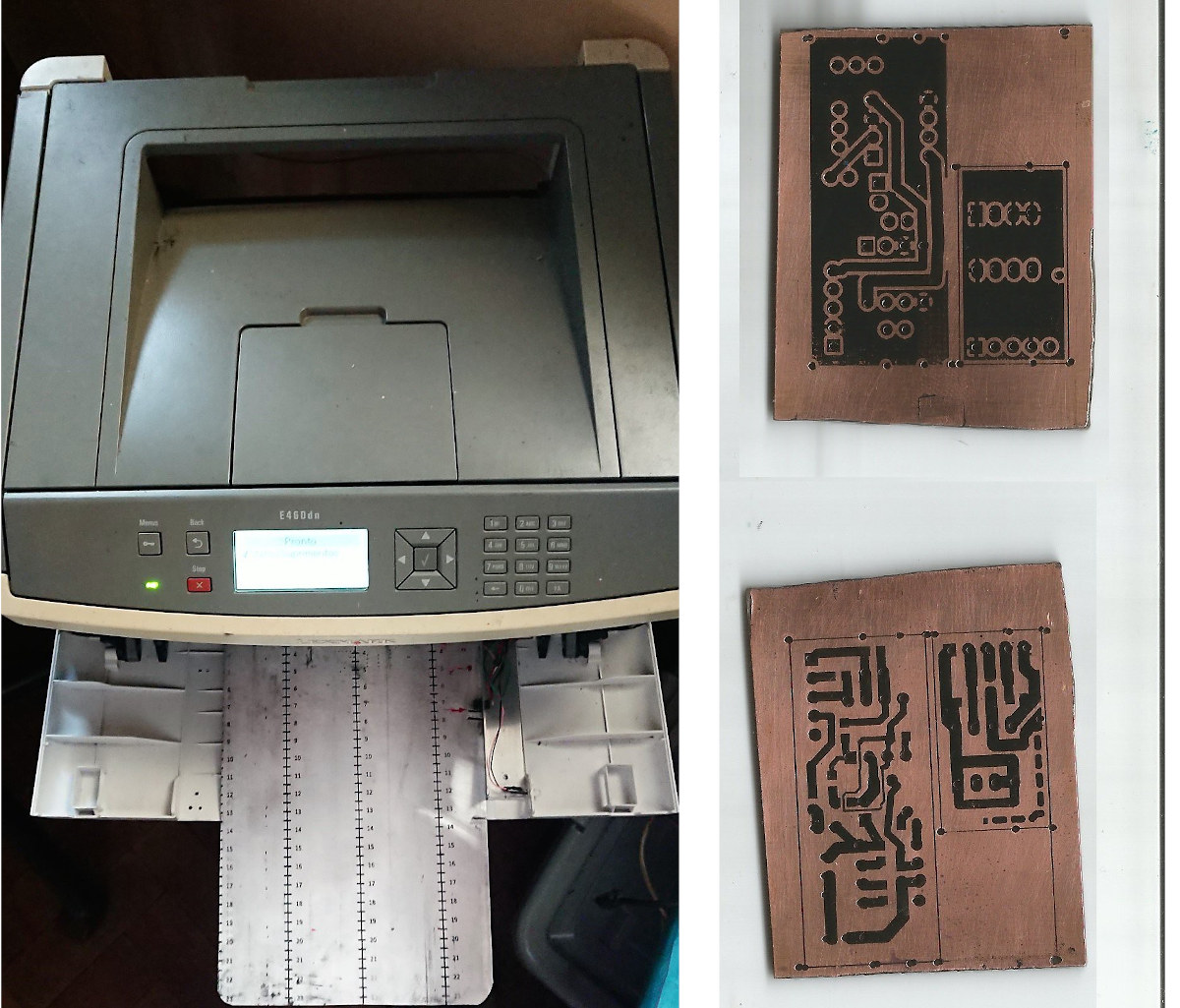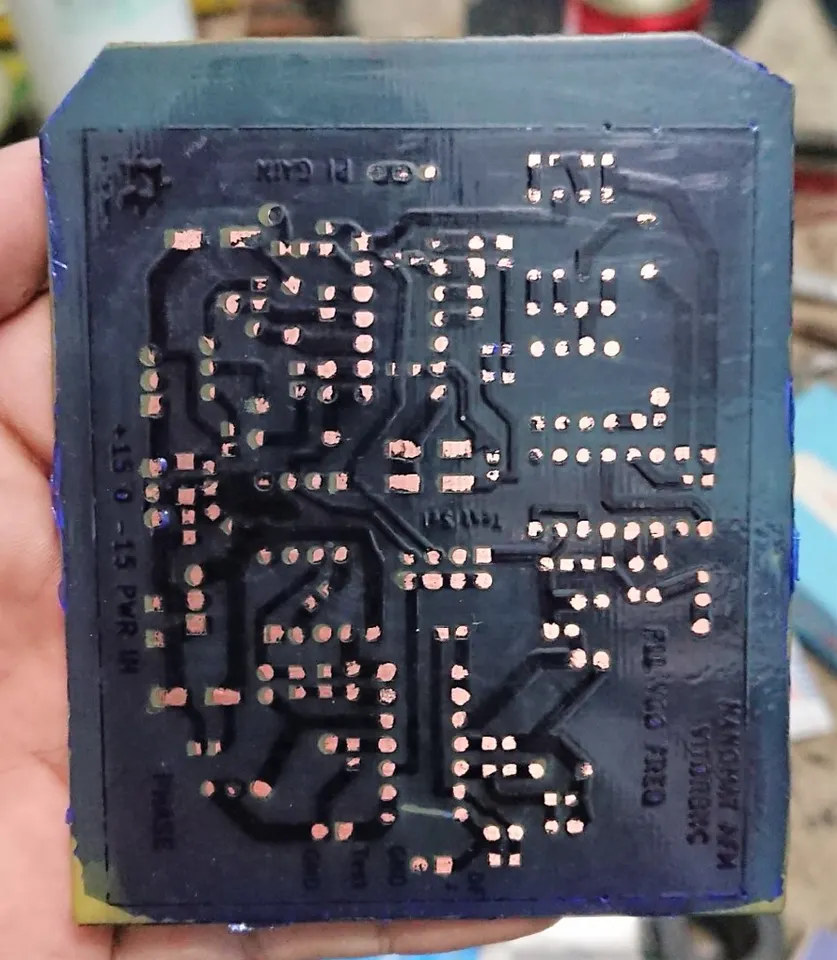PCB manufacturing services are pretty cheap and fast nowadays. But imagine some kind of highly transmissible virus hits the globe, somehow the whole global economy shuts down, and you are stuck alone at home with nothing but a Lexmark laser printer. What can you do? Well, you can make your own PCBs! No paper involved.
That’s exactly what Vítor Barbosa did by converting a Lexmark E460(DN) laser printer into a PCB making machine, not because of COVID-19, but instead, because of the price and delays of ordering PCBs in Brazil.

Using a laser printing to make your own PCB like take some work, notably to strip the printer of unused parts such as the fuser and fit it with Arduino Nano or Pro Mini board, an aluminum guide, some resistors and more. The modifications are all explained on Hackaday.io, and this is not a new idea as the project was derived from a 5-year project based on a Lexmark E260, and Haxmark project relying on Lexmark E360D.
Once you are done, you’ll be able to print single or double-layered PCBs directly on copper clad boards with Vítor claiming the resolution is much better than with UV dry film methods, and the system can also print solder masks when combined with a laminator.

You’ll need to print at 1200DPI native resolution to avoid timings issues and “paper” jams, and configure your printer to use the maximum toner amount. A PPD (PostScript Printer Description) is provided in the instructions, and you may want to use it to reproduce the printing conditions on your side. Here’s a quick demo.
This just shows the printing part, but there are more steps in the process called “Direct Laser Printing” (DLP). After printing, you may want to use acetone vapor to fix the toner to the copper for a couple of minutes, then air dry it for a few seconds before submerging the board into an etchant (Muriatic Acid/Hydrogen Peroxide) for a little while, then finally strip the toner with acetone, and you’re done. A board can be made into about 15 minutes. The video below shows the full process with Lexmark E260.
Via Hackster.io

Jean-Luc started CNX Software in 2010 as a part-time endeavor, before quitting his job as a software engineering manager, and starting to write daily news, and reviews full time later in 2011.
Support CNX Software! Donate via cryptocurrencies, become a Patron on Patreon, or purchase goods on Amazon or Aliexpress




